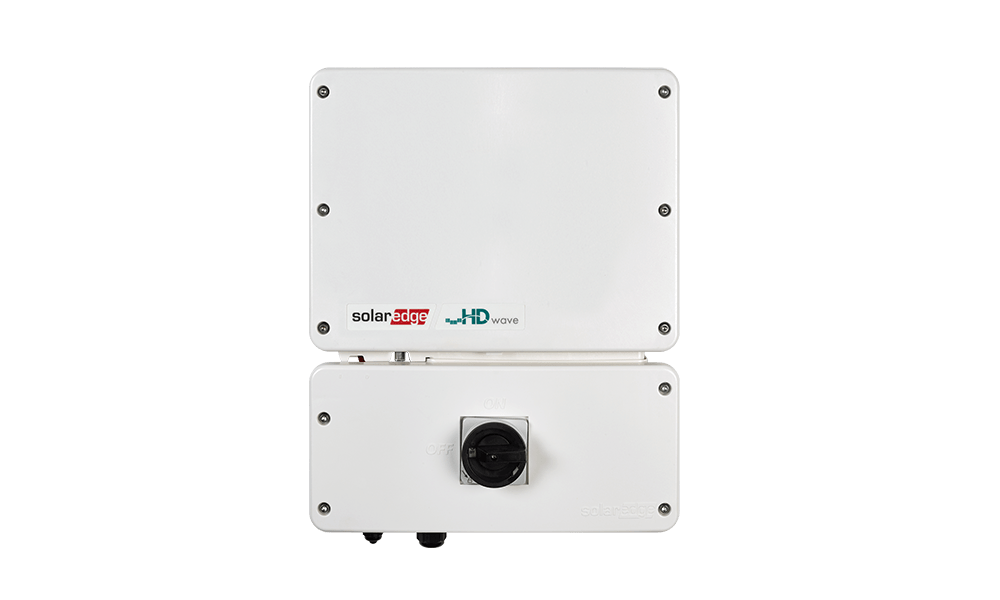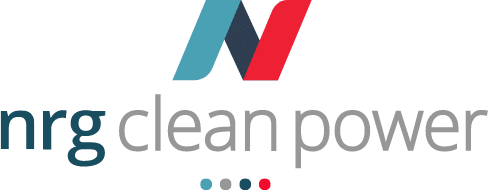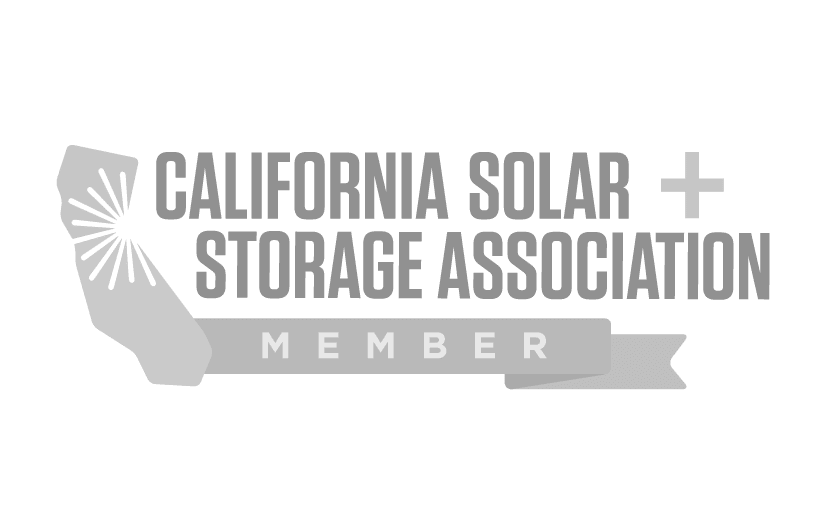
Which Should You Use For Your Residential Solar Panels?
How do solar inverters work?
When contemplating installing solar panels on your home, you should consider all of the equipment that will make up your new residential solar system. Solar inverters convert the otherwise unusable DC power generated from solar panels to AC electricity. Your appliances, lights, and other household electronics need AC electricity in order to operate. In short, the solar inverter you choose plays an integral role in your solar system—without them, your panels would be useless to you and your home.
The Science Behind Solar Power Inverters
When sunlight interacts with the photovoltaic system, electrons move around, producing direct current (DC) energy. However, the majority of homes require alternating current (AC) energy. After the solar panels create DC power, that electricity goes directly into the inverter installed. The inverter then turns the DC power into AC power and feeds it into your home so you can take advantage of the green energy produced. Want to learn more about how solar panels work? Then click here.
Comparing Inverter Technology
Nowadays, homeowners get to choose from various solar power inverters when designing their residential solar system. However, no matter which inverter you spring for, they all have the same job—converting power from DC to AC. Understanding the differences between inverters involves taking a look at what they do differently. Let’s examine the types of inverters to catch a glimpse at what might be good for you—String Inverters & Power Optimizers and Microinverters.
String Inverters & Power Optimizers
This variety of inverter is the workhorse of all inverters. It’s what’s most widely used in all homes across America. You’ll find string inverters sitting in the garage and the basements, warehouses, and other storage places throughout the country. It’s the most widely spread form of inverter because it has many pros and few cons. A string inverter gets its name from solar panels being wired in strings that all lead back to a single inverter. It’s a very efficient set up that provides dependable results.

String inverters have been around for decades, and the technology has only improved. Going with a string inverter means installing industry-trusted technology that electricians understand very well. Also, choosing a string inverter can usually help drive the price down for your solar system. When going with a string inverter. a home solar system only requires one. Meanwhile, choosing microinverters means installing one inverter per panel.
String inverters, when coupled with Power Optimizers, have virtually no downside. They combine the flexibility and efficiency of microinverters with the trusted technology of traditional string inverters. Their only downfall is their single point of failure. If, for any reason, your string inverter fails, the entire system will fail until the issue is resolved.
Our solar experts have evaluated solar inverters for over 30 years and always recommend SolarEdge if you decide to go with a string inverter. SolarEdge string inverters also use power optimizers. Power optimizers help optimize panels individually in a similar way that microinverters are used.
Microinverters
Microinverters will help you to accomplish advanced solar panel configuration across vast estates, industrial complexes, and any other facility you can imagine. When looking at microinverters, you’ll find one installed at each solar panel.

One of the advantages to this configuration is they convert electricity directly on the roof. This allows for a greater level of customization over the electrical infrastructure on the property. In the instance that one or two panels are in the shade, a system utilizing microinverters would still produce electricity as great as the highest producing panel.
Microinverters come with an added level of efficiency but will cost you more on the install. Every solar panel installed on your home requires its own microinverter. The added technology alone can drive price way up when compared to string inverters. Also, as a result of having various inverters, maintenance is that much more complicated.
Microinverters can provide increased efficiency and service more-complicated solar systems. If you are looking to use them during your solar installation, we recommend Enphase microinverters. Fans of microinverters look to Enphase for its higher production, greater reliability, and unmatched intelligence.

Authored by Ryan Douglas
NRG Clean Power's resident writer and solar enthusiast, Ryan Douglas covers all things related to the clean energy industry.

